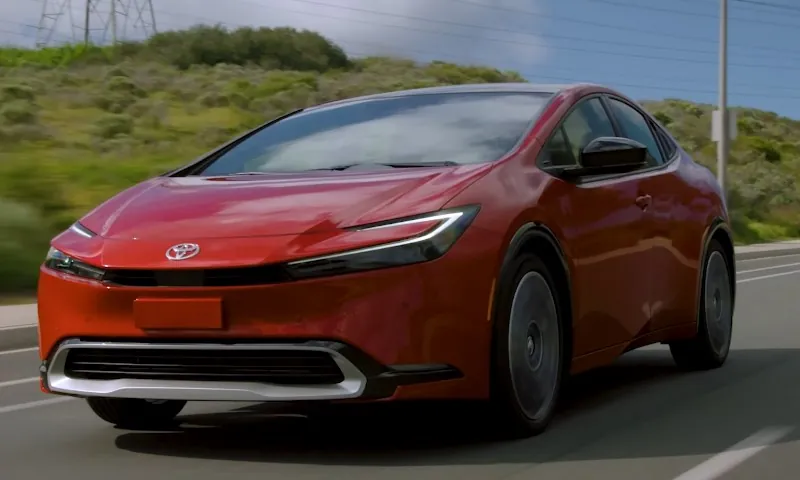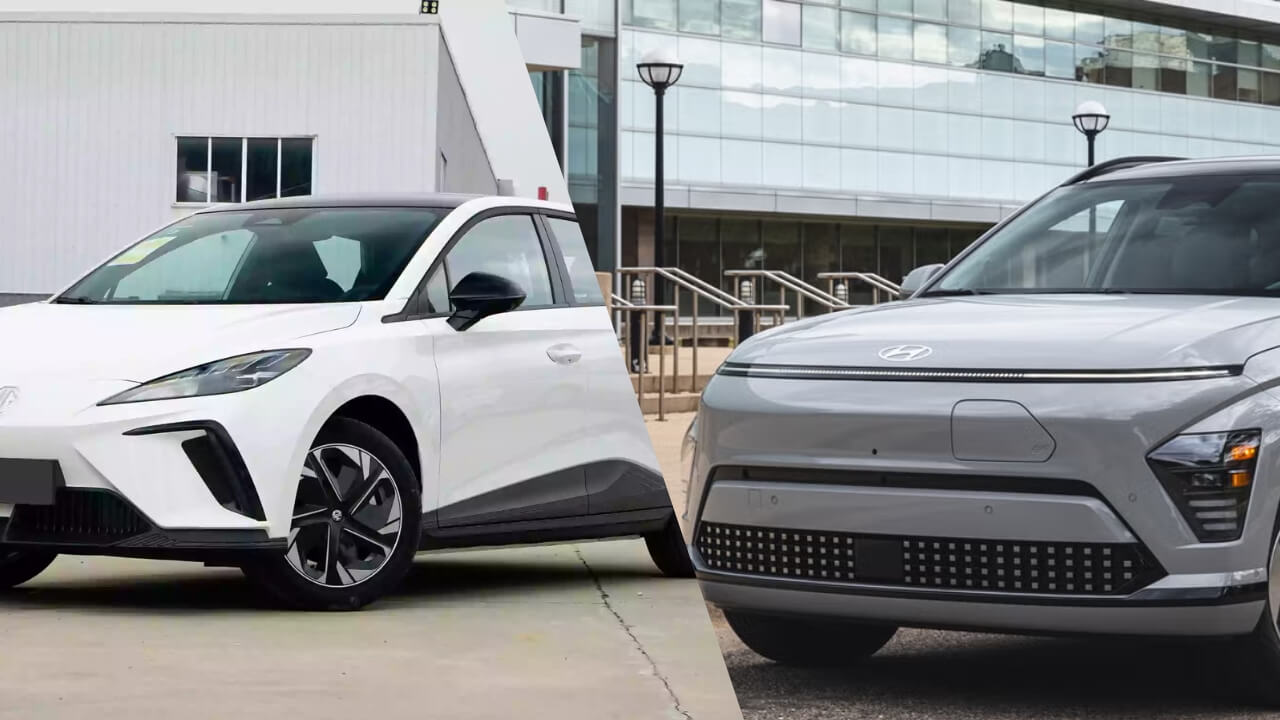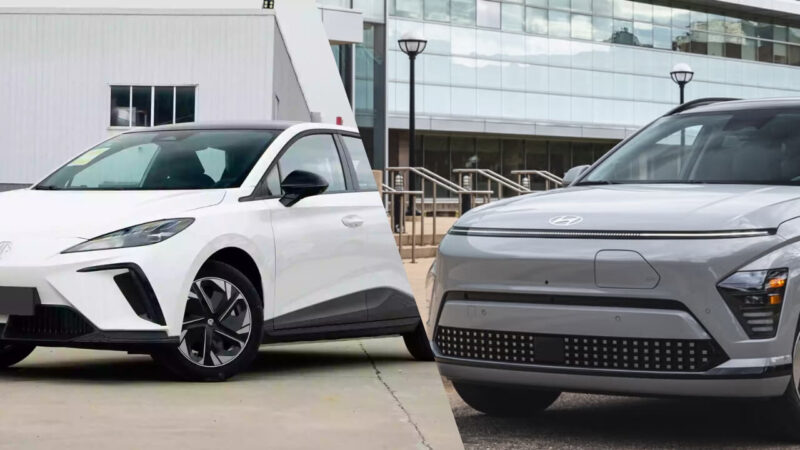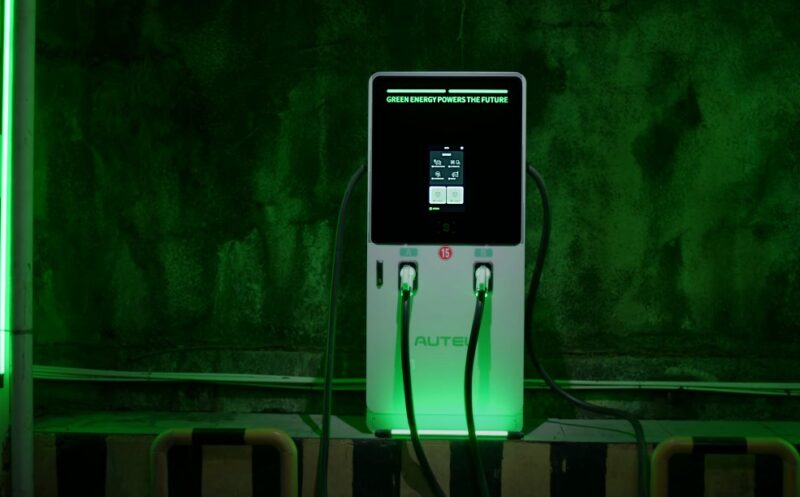
Share Post:
When you think about electric vehicles (EVs), one of the key aspects that comes to mind is charging. The Open Charge Point Protocol (OCPP) plays a pivotal role in the EV charging landscape.
But what exactly is OCPP, and how does it function? Let’s break it down.
Table of Contents
ToggleDefining OCPP
OCPP is an open communication protocol designed for the EV charging industry. Its main purpose is to facilitate communication between EV charging stations and a central management system (CSMS).
Essentially, OCPP acts as a common language that ensures interoperability between different brands and types of EV charging stations and central systems, such as Ubitricity. This means any charging station can connect with any central system, no matter who made it.
How Does OCPP Work?
OCPP sets the rules and messages for information exchange between EV charging stations and CSMS. Think of it as the mediator that makes sure everyone understands each other perfectly.
Key Components
- Charging Station: The physical device where EVs are plugged in to charge.
- Central Management System (CSMS): The software platform that manages a network of these charging stations.
Message Exchange
OCPP facilitates various types of message exchanges, such as:
- Start and stop charging commands
- Status updates from the charging station
- Transaction details for billing
- Diagnostics and configuration settings
Key Features and Benefits

1. Interoperability
One of the standout features of OCPP is its ability to ensure that hardware and software from different manufacturers can work together seamlessly.
This reduces the risk of being locked into a single vendor, offering more flexibility to charging station operators.
2. Scalability
OCPP supports the integration of multiple charging stations into one management system. This is incredibly useful for scaling up EV charging infrastructure, whether it’s a small network of residential chargers or a large network of commercial stations.
3. Security
Security is paramount, and OCPP includes measures to ensure secure communication between charging stations and the central management system, safeguarding data and operations.
Industry Adoption
Global Standard
OCPP has become the de facto standard in the EV charging industry globally. Its wide adoption underscores its effectiveness and reliability.
Evolution and Versions
The protocol has evolved over time, with versions like OCPP 1.6 and OCPP 2.0.1 introducing new features and improvements to keep up with industry demands.
Practical Applications
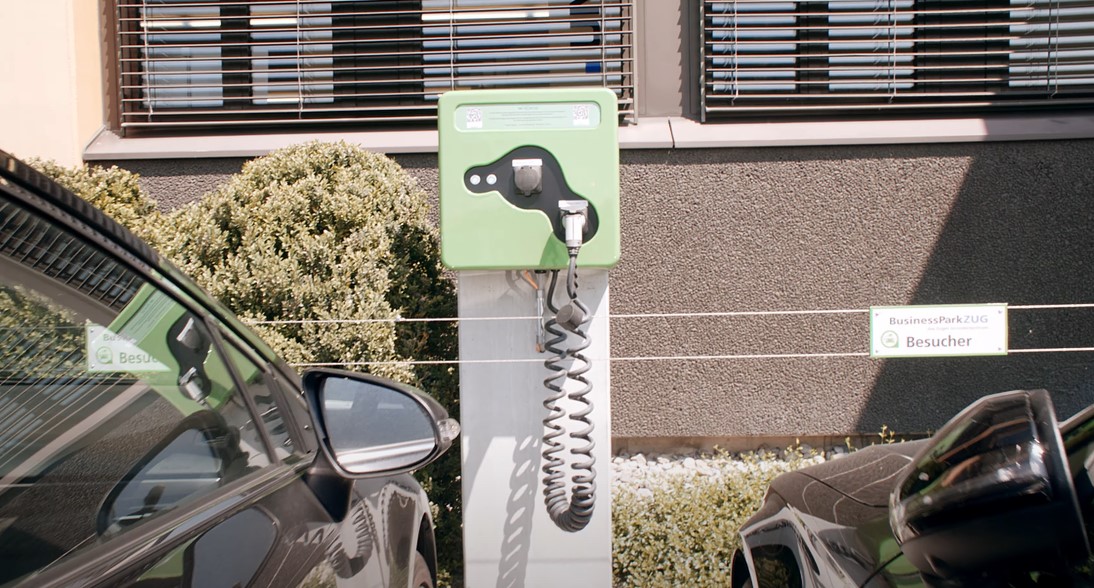
EV Charging Networks
OCPP is widely used in both public and private EV charging networks. From home chargers to expansive commercial charging stations, it helps manage and optimize the infrastructure efficiently.
Vendor Collaboration
The Open Charge Alliance (OCA) oversees the development and maintenance of OCPP, promoting its use and ensuring broad compatibility. This collaboration among industry players fosters innovation and consistency.
Additional Benefits
Vendor Neutrality
OCPP’s vendor-neutral approach allows operators to choose equipment from various manufacturers without compatibility concerns.
This freedom is a significant advantage, preventing long-term dependency on specific vendors.
Flexibility in Management
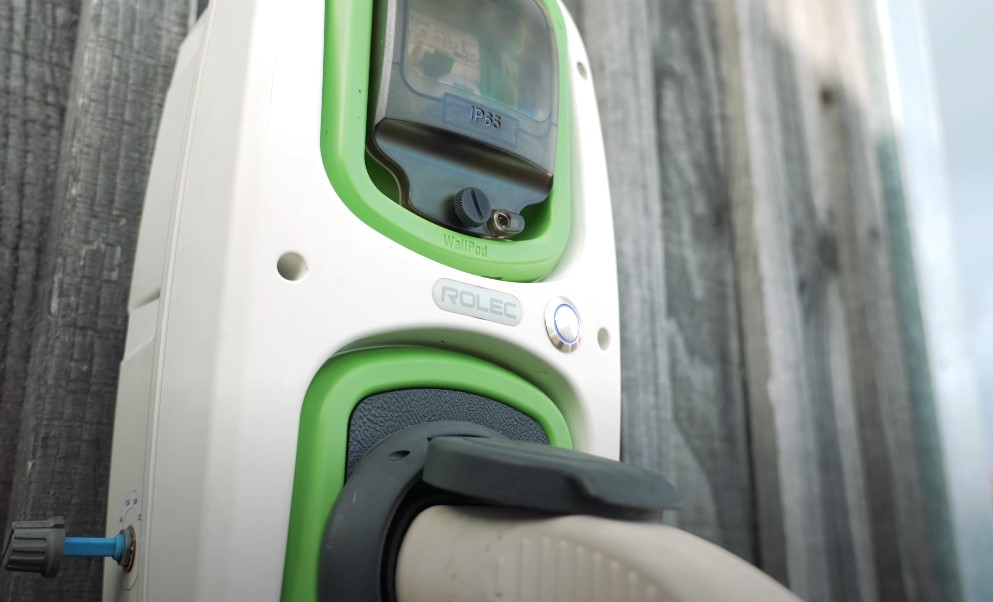
Operators can switch network providers or manage their networks independently, offering more control and adaptability.
Future-Proofing
OCPP’s open standard nature means it can adapt to new technological advancements, ensuring that investments in EV charging infrastructure remain relevant and effective.
Enhanced Features
OCPP supports a host of features, such as remote start/stop of charging sessions, reservation systems, and firmware updates. These features enhance the functionality and user experience of charging stations.
Improved Data Handling
The protocol allows comprehensive data collection on energy usage, charging patterns, and system performance. This data is crucial for optimizing operations and planning expansions.
Technical Aspects
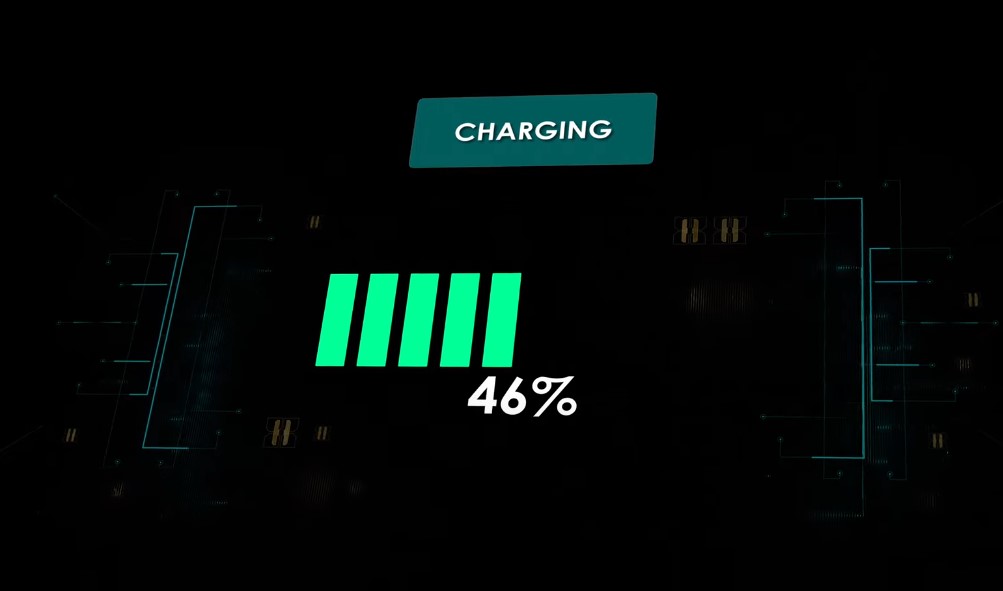
Message Formats and Security
OCPP uses JSON (JavaScript Object Notation) for message formats, ensuring efficient communication.
Security measures like Transport Layer Security (TLS) protect data in transit, ensuring secure communications between charging stations and the central system.
Certification and Testing
The OCA offers a certification program to ensure devices and systems comply with the latest OCPP standards. This helps maintain interoperability and reliability across different implementations.
Industry Impact
- Broad Adoption: Leading EV charging network operators and equipment manufacturers have embraced OCPP, solidifying its status as the industry standard.
- Support for Smart Charging: OCPP enables smart charging features, allowing for more efficient energy use and integration with renewable energy sources.
- Cost-Effective Solutions: By reducing reliance on proprietary systems, OCPP helps lower the costs associated with deploying and maintaining EV charging infrastructure.
Practical Use Cases
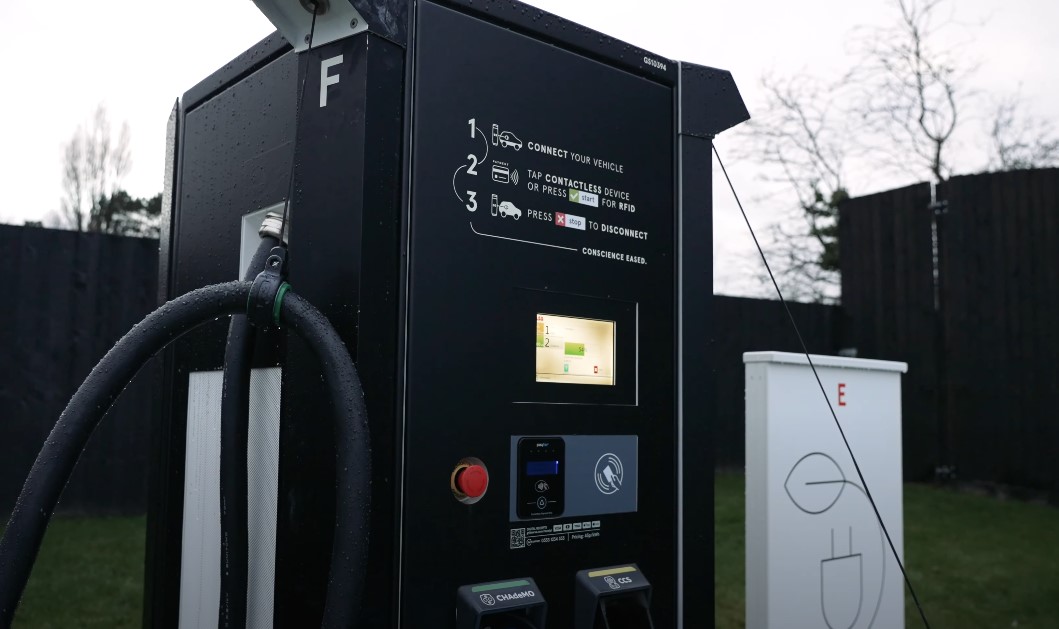
Utility Integration
Utilities can integrate EV charging data with their grid management systems using OCPP, enabling better demand response and load balancing.
Fleet Management
Fleet operators can manage their electric vehicle fleets efficiently with OCPP-compatible systems, optimizing charging schedules and reducing operational costs.
FAQs
OCPP offers several advantages, including:
- Interoperability: It allows any OCPP-compliant charging station to work with any compatible central management system, reducing vendor lock-in.
- Cost Efficiency: By supporting a variety of hardware and software, it drives competition and lowers infrastructure costs.
- Scalability: OCPP allows networks to expand easily by integrating additional charging stations without being restricted to a single vendor.
- Smart Charging: It enables real-time control and optimization of energy distribution, reducing peak demand and costs.
Some challenges include:
- Complex Setup: Integrating OCPP-compliant chargers with management systems can require configuration and technical knowledge.
- Version Compatibility: Not all versions of OCPP are compatible with each other, which can complicate upgrades or mixed-version environments.
- Limited Interoperability with Other Systems: While OCPP works well for charging stations, integrating it with other energy systems (like home energy management) can sometimes require additional protocols.
Final Words
OCPP is a cornerstone of the EV charging industry, fostering interoperability, scalability, and security. Its widespread adoption and continuous evolution make it a vital tool for advancing electric mobility.
It doesn’t matter if you’re a charging station operator or an EV driver, OCPP plays a crucial role in making EV charging accessible, efficient, and future-ready.
Related Posts:
- What is EV Charging Load Management and How Does It Work?
- How Long Does It Really Take to Charge a Tesla?
- How to Test if Engine Is Blown - DIY Tests That…
- Why Does My Car Smell Like Gas? Common Causes and Solutions
- How Much Does the Average Person Spend on Gas a…
- Why Does My Car Squeak When Turning? Common Causes…



